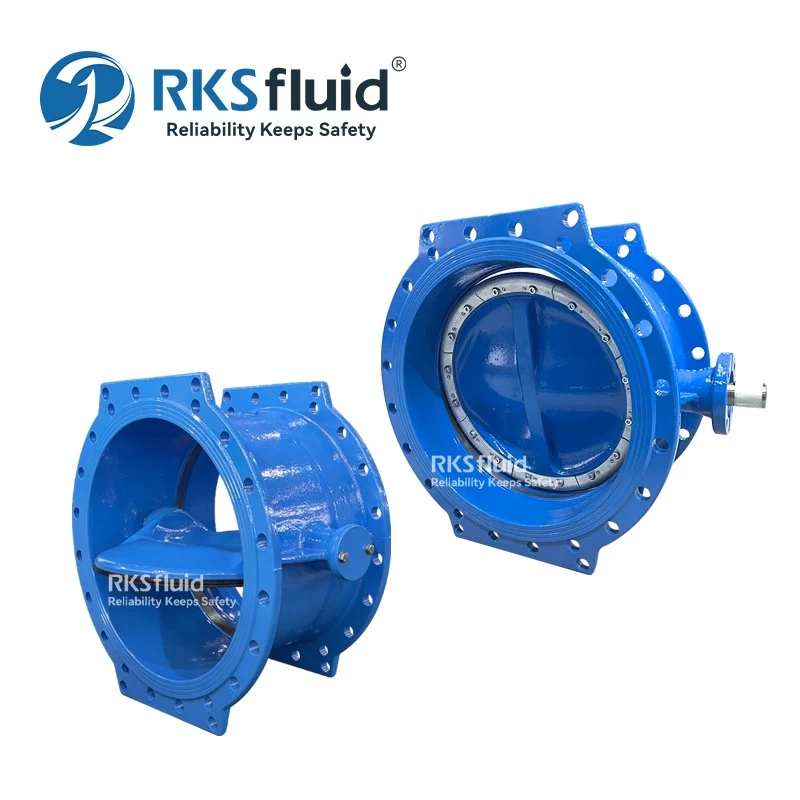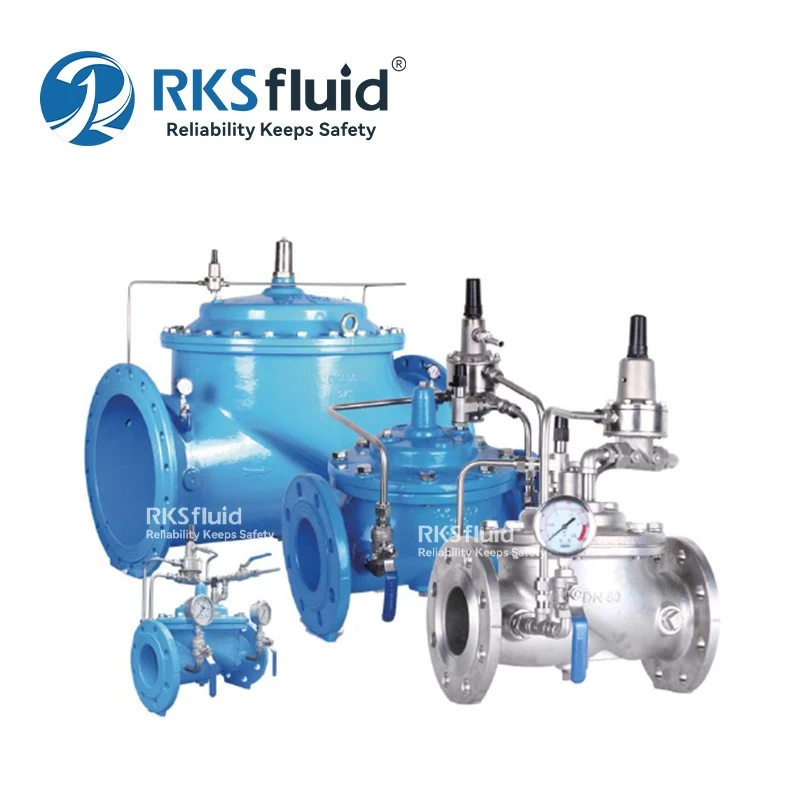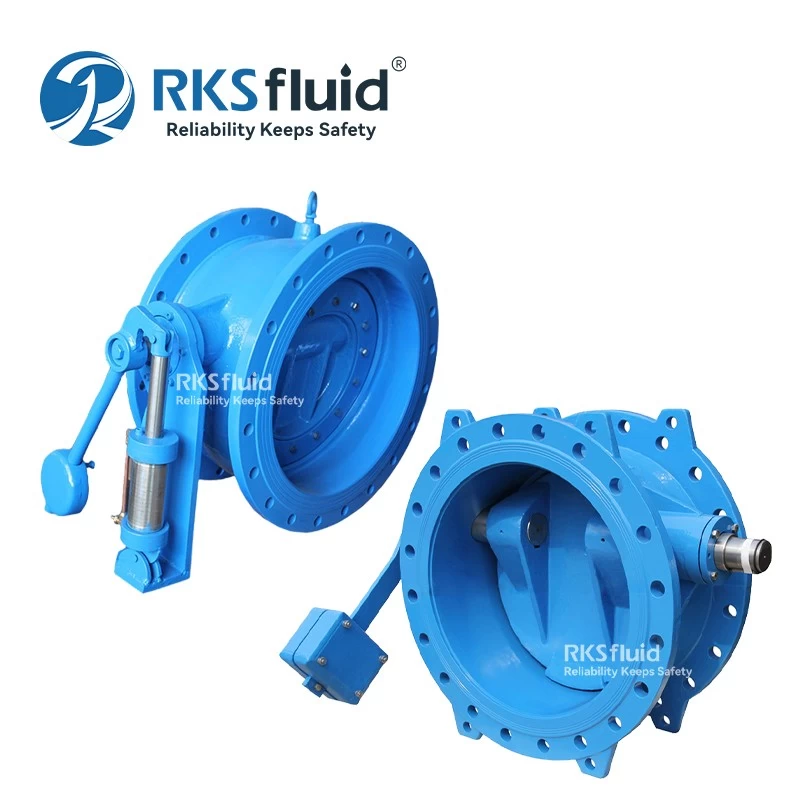- Main Product
- Contact Us
-
RKSfluid Flow Control Company
Web: www.rksfluid.com
Tel: +86 24 2318 0188
Fax: +86 24 2318 0788
Mail: info@rksfluid.com Contact Now
- Subscribe
-
Get email updates on new products
News
Valve water hammer effect
"Water hammer effect"
It means that when the open valve is suddenly closed, due to the inertia of the pressure water flow, the water flow shock wave is generated and the damage is caused. This is the "water hammer effect" in the hydraulics, that is, the positive water hammer.
On the contrary, after the closed valve is suddenly opened, it will also produce a water hammer, called a negative water hammer, which also has a certain destructive power, but it is not as large as the former.
Usually, the closing element suddenly sucks into the valve seat when the valve is close to closing, which is called the cylinder blocking effect.
The tank lock-up effect is caused by a low-thrust actuator that does not have sufficient thrust to maintain a position close to the valve seat, resulting in a sudden closing of the pump or a sudden closing of the valve, resulting in a water hammer effect. For control valves, in some cases, valves with a quick-open flow characteristic can also cause a water hammer effect.
Although the water hammer produces a lot of noise, the real damage is caused by mechanical failure. Because the kinetic energy changes drastically into a static line pressure, the water hammer can break the line or damage the pipe support and damage the pipe joint. For valves, water hammer can cause severe vibration through the spool, which can cause failure of the spool, gasket or packing.
For valves, the way to prevent water hammer is to prevent any sudden pressure changes in the system.
This includes slowing down the closing speed of the valve itself or providing a greater degree of tension and rigidity when the closing element approaches the valve seat. To prevent pressure fluctuations, the valve should be closed at a uniformly varying speed. In some cases, when using the fast-open feature, it may be required to change to an equal percentage characteristic. For control valves that must be throttled when approaching the seat, an actuator with a sufficiently large output thrust, such as a piston-type pneumatic actuator or a hydraulic actuator, or a special notch on the stroke sleeve of a manually rotating operator, should be used. Will reduce or prevent the cylinder blockage effect. Setting a type of anti-fluctuation on the pipeline system also reduces water hammer. This can be done using a pressure relief valve or a buffer tank. In addition, gas can be injected into the system, and gas injection can reduce the density of the fluid and provide some compressibility to handle any sudden fluctuations.











